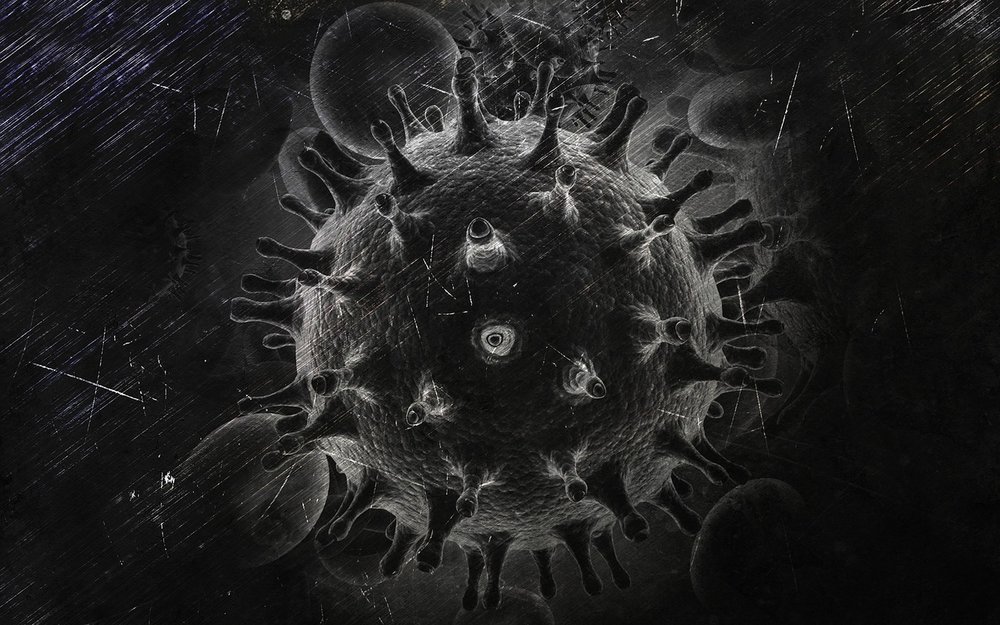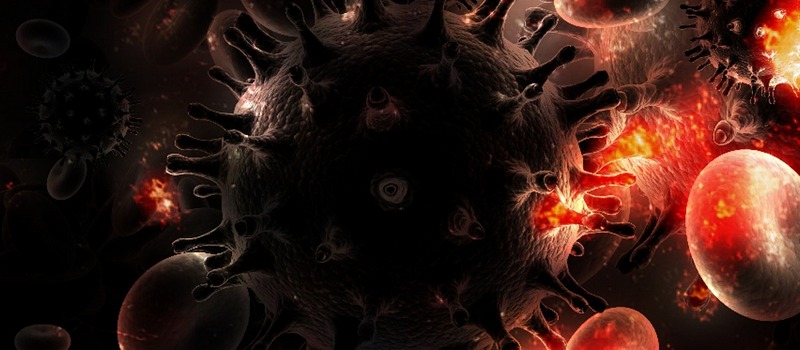A new gene therapy approach developed at St. Jude Children’s Research Hospital has cured infants born with X-linked severe combined immunodeficiency (SCID-X1), known as “Bubble Boy” disease. The patients recovered with fully functioning immune systems and started producing immune cells, including T cells, B cells, and natural killer (NK) cells. The researchers achieved that by hijacking the HIV virus to replace the mutated gene, called IL2RG, with a corrected copy.
SCID-X1 is the most common type of severe combined immunodeficiency (SCID). It is a rare and life-threatening genetic disorder also called the “Bubble Boy” disease. The name is derived from the plastic enclosures that were once used to protect affected children with little or no immune protection from possible infection. If untreated, patients, predominantly boys, usually die early in childhood. Results from the new treatment, published in the New England Journal of Medicine, look promising.
“These patients are toddlers now, who are responding to vaccinations and have immune systems to make all immune cells they need for protection from infections as they explore the world and live normal lives. This is a first for patients with SCID-X1,” first and corresponding author Ewelina Mamcarz, M.D., of the St. Jude Department of Bone Marrow Transplantation and Cellular Therapy, said in news release.
The IL2RG gene produces a protein essential for normal immune system function. Until now, the best treatment was bone marrow transplantation with a tissue-matched sibling donor. Unfortunately, less than 20% of SCID-X1 patients have such donors. If they receive blood stem cells from other donors, serious treatment-related side effects are more likely to appear.
In Mamcarz’s study, the newly diagnosed SCID-X1 infants were treated at St. Jude and UCSF Benioff Children’s Hospital in San Francisco. First, they received busulfan, a chemotherapy agent commonly used in bone marrow transplantation to make space in the marrow for donor stem cells to grow.
“We found that the addition of very low doses of busulfan-based on a model developed at UCSF increased engraftment of gene-corrected stem cells in the bone marrow without causing the side effects associated with standard doses,” said co-author Mort Cowan, M.D., a UCSF professor of pediatrics.
The gene therapy involved collecting patients’ bone marrow, then using a virus as a vector to insert a correct copy of the IL2RG gene into the genome (DNA) of patients’ blood stem cells. Mamcarz and her colleagues used a disabled relative of HIV which is suitable for inserting genes into cells that are not actively dividing. This virus is better suited for use in the slowly dividing stem cells responsible for generating immune cells than viruses used in previous trials.
The experimental gene therapy has restored functioning immune systems in eight young children, and the last, eighth child was recently released from the hospital. They are producing the proper components of a healthy immune system, including T cells and natural-killer cells. Antibody-producing B cells are also present, a first for SCID-X1 infants treated with gene therapy.
Patients with infections prior to gene therapy have recovered and none has developed a life-threatening infection since. It is of great importance that no patients have developed leukemia, a side effect of previous gene therapy attempts for SCID-X1.
“While longer follow-up is needed to assess any late effects of treatment, these results suggest most patients treated with this gene therapy will develop a complete durable immune response without side effects,” Cowan said.
Although the results are promising, researchers will need to continue monitoring the children to ensure that the immune capabilities they developed after treatment remain stable.
“From a physiological point of view and from a quality-of-life point of view, this is a cure,” said James Downing, president of St. Jude Children’s. “Will it be a durable cure? Only time will tell.”
Learn about the “Bubble Boy” from the 70’s in the video below:
Today, children with SCID have more options. Learn more in the video below:
By Andreja Gregoric, MSc











